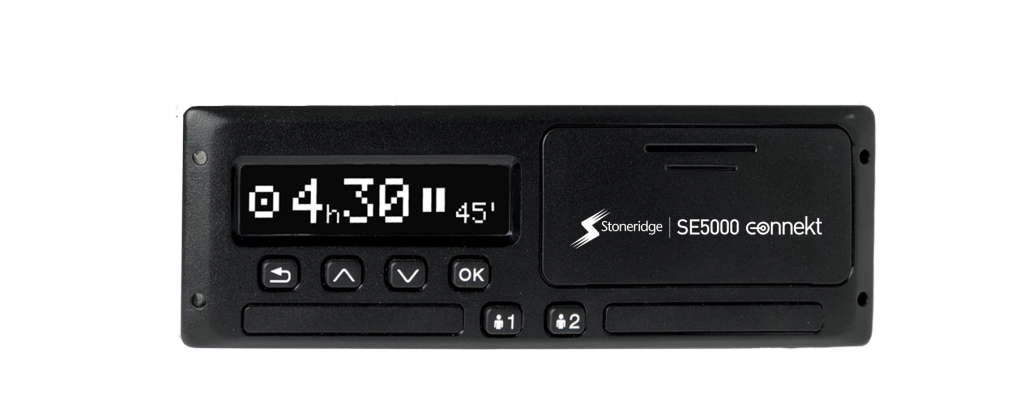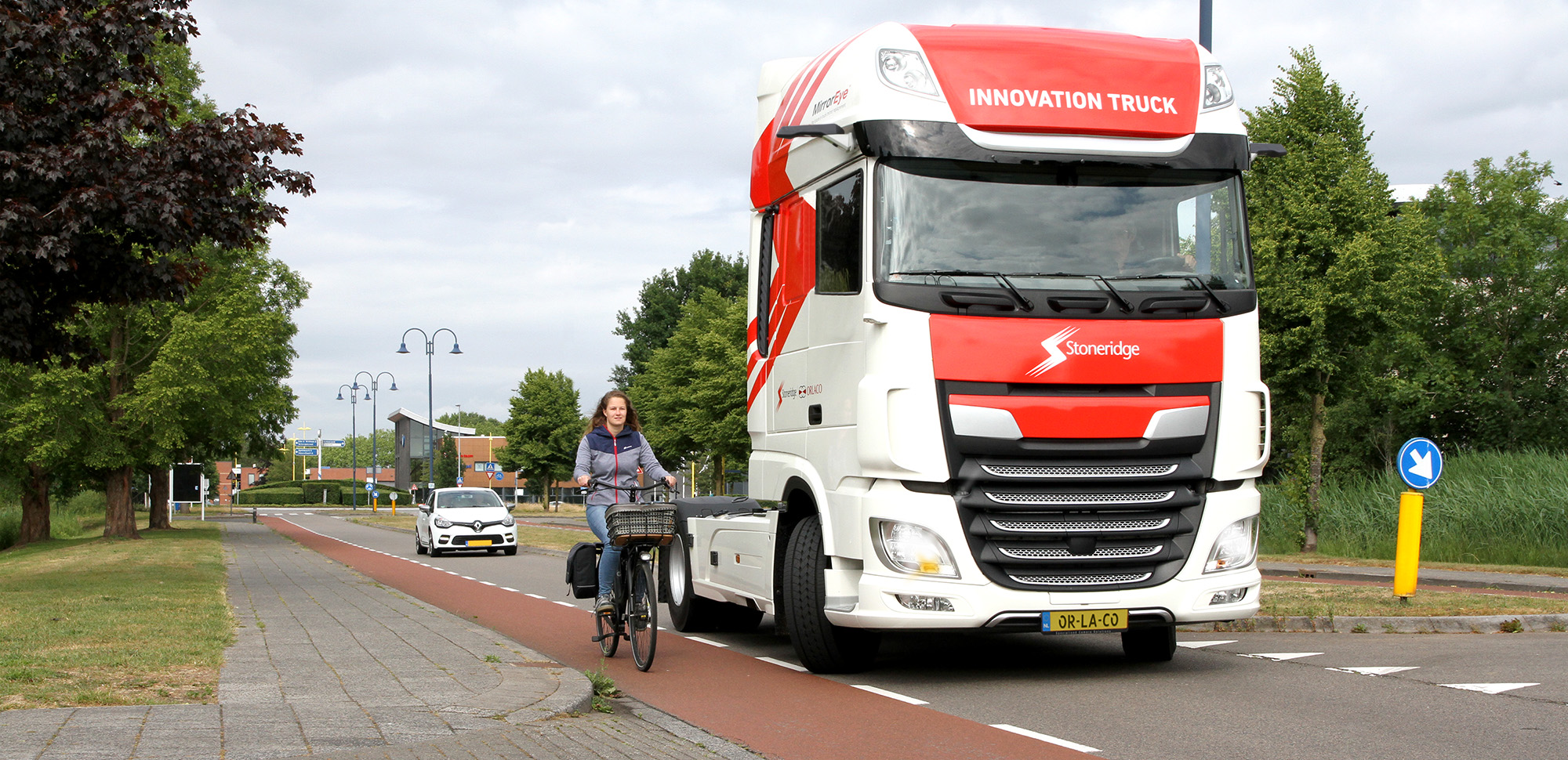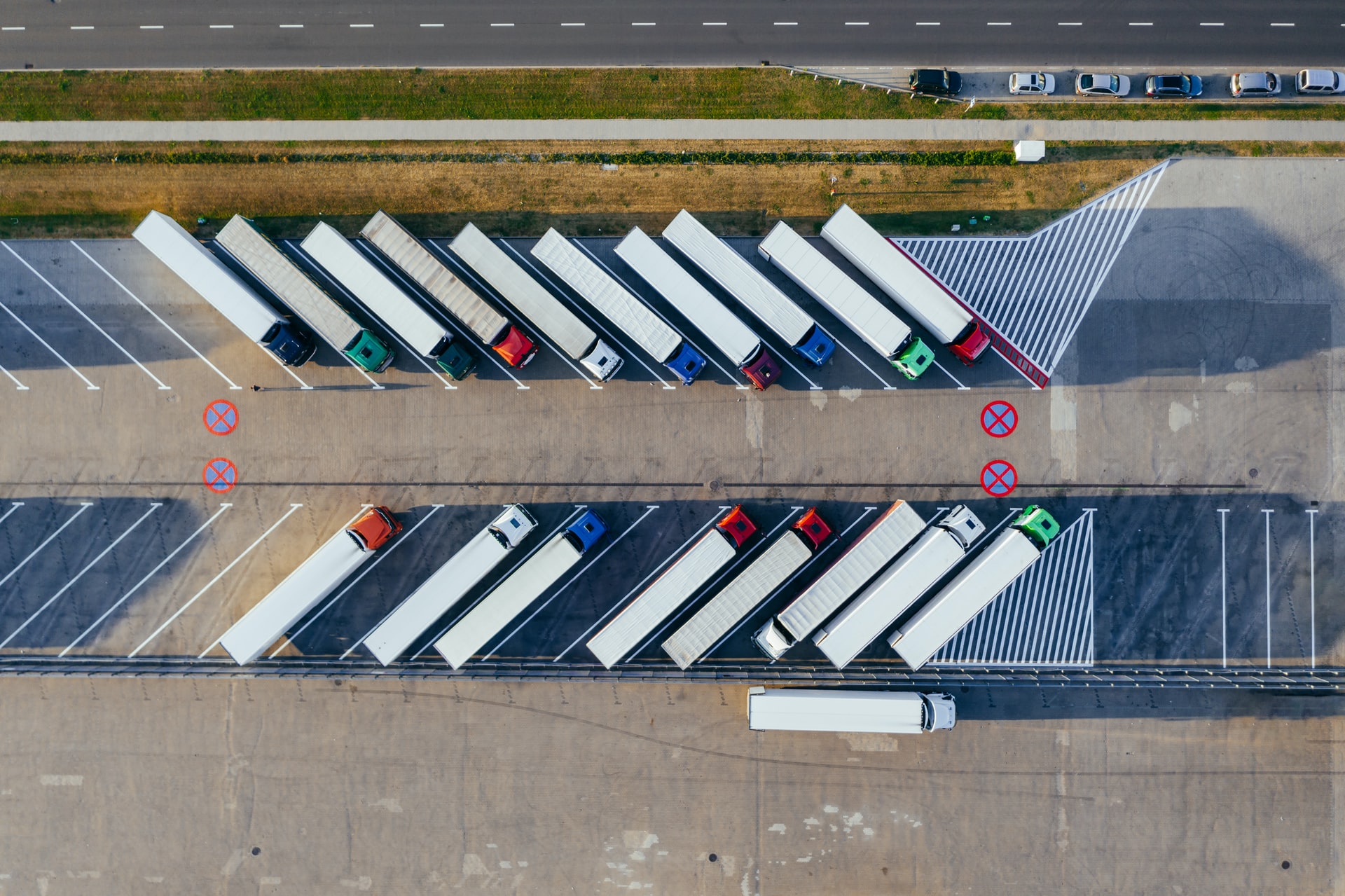ELD vs Tachograph: what’s the difference?
What is an ELD? And what is a Tachograph?
An ELD is an Electronic Logging Device that became compulsory in 2017 in the US for commercial driving operations required to keep hours of service records. If a driver has eight or more days worth of duty status logs (out of 30) they will be required by law to use an ELD.
As for the UK, Digital Tachographs have been a legal requirement since 2006 for passenger, commercial and goods vehicles. The devices digitally record all data on the driver and vehicle, both in their internal memory and also separately on the driver’s smart card. Since the Annex 1C Legislation came into force in 2019, all new commercial and goods vehicles must be fitted with a smart tachograph.

Why are these devices necessary?
Universally, it’s no secret that long-distance or extended periods of commercial driving can be physically tiring. In fact, a number of studies in the UK and US have determined that fatigue is a major factor in increased road accidents—hence the rule to record driver hours. If driver hours are monitored and regular breaks are taken, there’s much less chance that they will become tired and make a potentially harmful or even fatal mistake. As well as being able to monitor driver hours, the devices hold fleet managers to account when it comes to ensuring drivers are only working the maximum number of hours at a time.
What are the similarities and differences between an ELD and a Digital Tachograph?
When it comes to these devices, abiding by regulations is a huge reason for their use. But compliance isn’t the only reason—these devices have a lot of major benefits. There are some similarities and some differences between the two.
Driving time and hours of service
First up, both devices record the driving time and hours of service expended by the driver. However, the Digital Tachograph goes a little further and records all driver activity, e.g. whether the driver was driving, working or taking a break. It also records the date (to ensure all the correct hours are assigned to the correct dates) and the time of each individual activity.

Distance travelled
The ELD and Digital Tachograph both record the distance travelled by the driver as well as data on vehicle movement. Digital Smart Tachographs have a GNSS (Global Navigation Satellite System) module which automatically records your vehicle location at the start and the end of the journey, as well as updating it every three hours when the vehicle is being driven.
Engine data
While the ELD records and captures data on the vehicle’s engine, the Digital Tachograph records the vehicle speed for every single second of movement.
Access to driver cards and archives
Both ELDs and Digital Tachographs allow drivers to access and read their driver card with their mobile phone. With an ELD, engine and GPS location data are sent to a server where Duty Status logs are created and pushed to the ELD mobile app for viewing. These are continually updated. This means that drivers can access all of their electronic logging info on their mobile device and fleet managers can monitor and analyse compliance with the help of ELD reports, maps and notifications.
Digital Tachograph card users can use our innovative free Tacho Center app which is compatible with any EU Type Approved digital tachograph. The app enables you to manage all your tachograph data wirelessly. That means you can download driver card and vehicle unit data to your phone without all the hassle of attaching wires or download equipment.

Benefits of a Digital Tachograph
Digital Tachographs and ELDs are almost identical in terms of what they can do, however, the smart capabilities of the Digital Tachograph do go that little bit further.
The device records tachograph calibrations as well as any events that take place, for example, if the card is inserted while driving or there are any faults with the system.
The Digital Tachograph also makes any tampering with the system near impossible and if tampering does occur, the device will capture and report it. The Digital Tachograph also shows the number of times a driver has inserted their card each day. More than once could indicate tampering, or could just show the driver moving from one vehicle to another.
Finally, the smart tachograph will be able to remotely communicate with those roadside inspection officers using a short-range radio device. They remotely check certain tachograph data without stopping the vehicle so that they can remotely detect potential offences. If no issues are found, drivers stay on the road and continue their journey uninterrupted—meaning no valuable time is wasted on unnecessary roadside inspections.
Stoneridge’s own fully type approved smart tachograph, the SE5000 Connekt, is now available. This is compliant with UK legislation and will help fleets and drivers comply with Drivers Hours’ Legislation and Working Time Directive. The device provides the GNSS receiver and full DSRC support. It also boasts an easy to use support app and cluster integration which supports driver decision information. We have taken our process one calculated step at a time, focusing on delivering an improved interface and an excellently fit-for-purpose product, creating a premium smart tachograph.
What are your thoughts on ELDs vs Digital Tachographs? Let us know on Twitter by tagging us at @stoneridgeinc.
